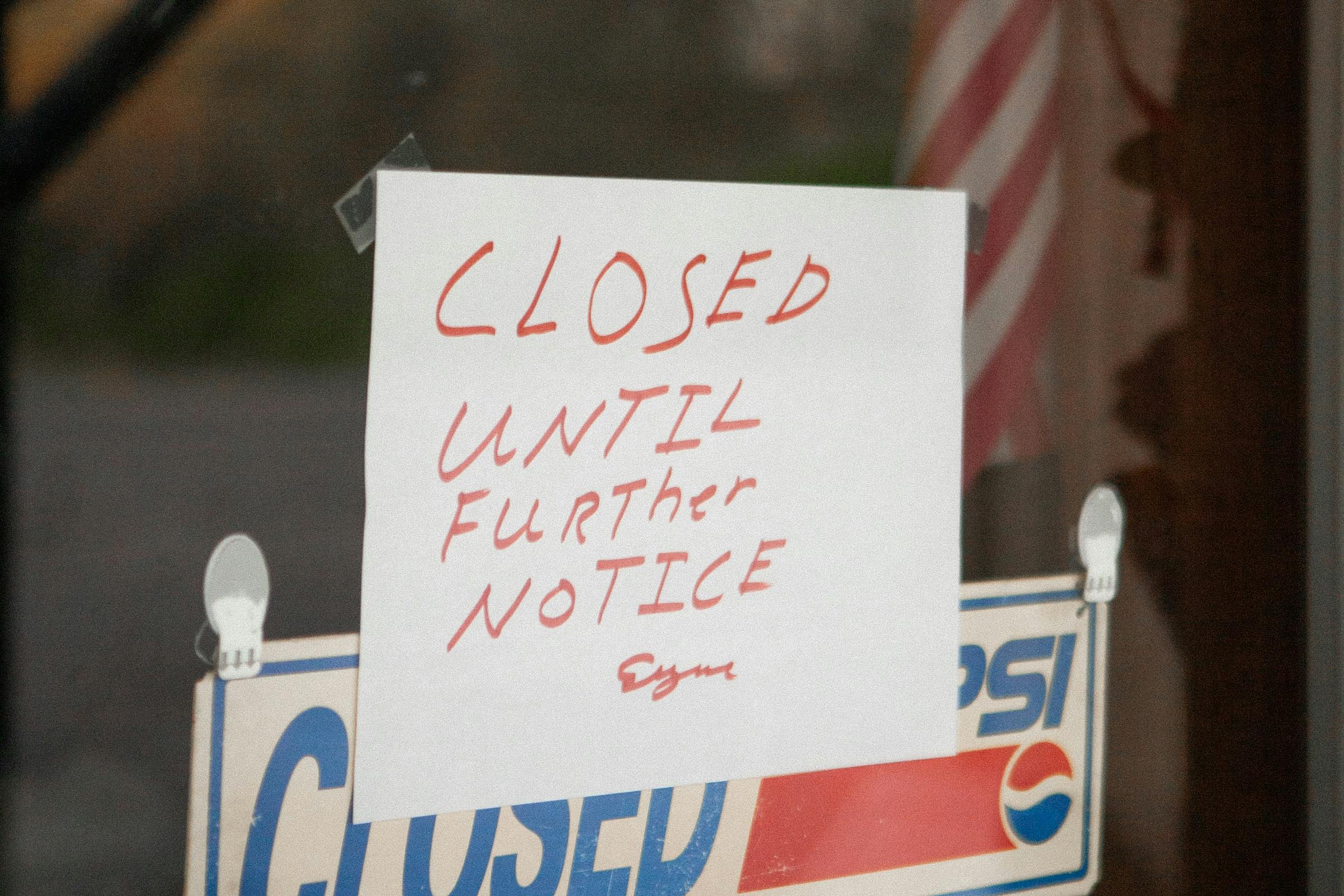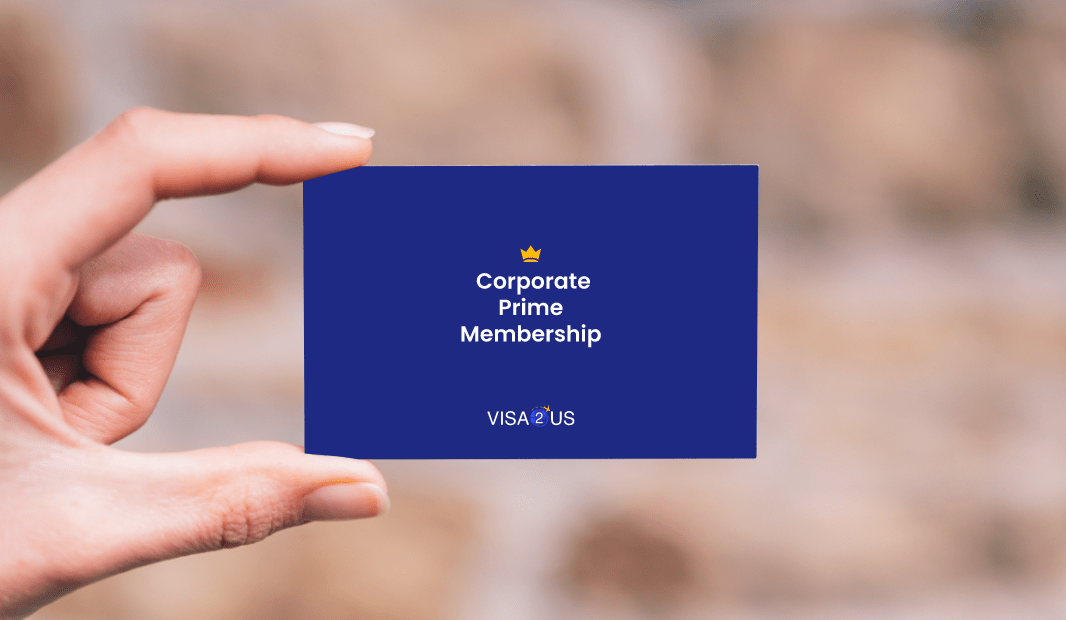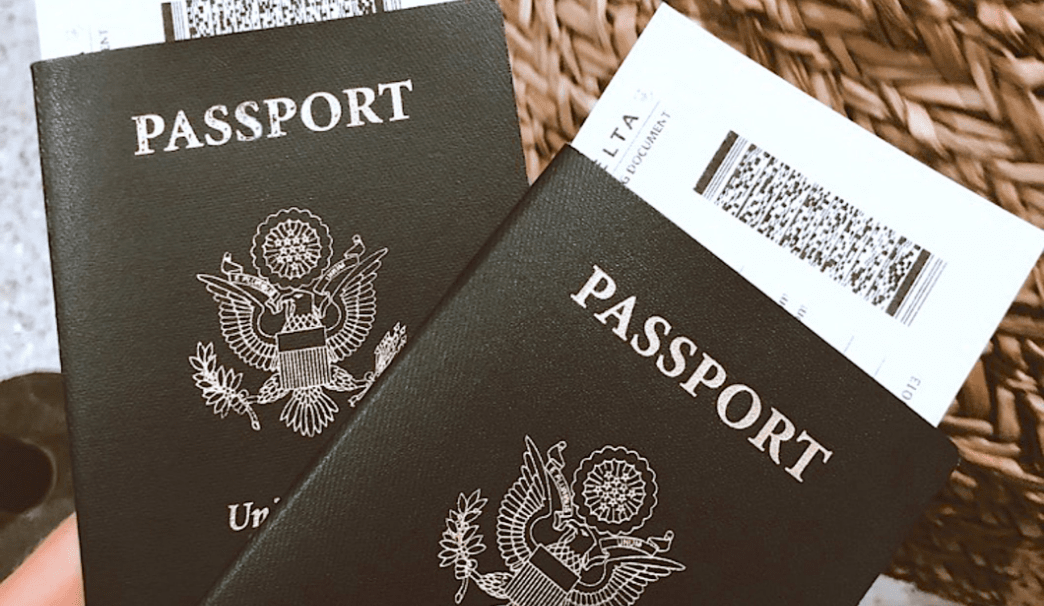The Importance of the PERM
Whether you’re an employer hoping to hire a non-US citizen or a foreign worker looking to head to the US for employment, it all starts with the PERM certification. Once this certification is provided, the employer may submit the first forms to the US Citizenship and Immigration Services (USCIS) to begin petitioning for an H-1B visa.
This is Form I-140, the Immigrant Petition for Alien Workers. USCIS uses the information on this paperwork to determine whether the job matches that approved with the ETA certification and whether the non-US citizen has the qualifications to perform the job duties.
As you can see, the information in the PERM approval is vital to the hiring and petitioning process. The process isn’t difficult but is complex and best completed with an immigration attorney’s help.
The ETA Process
Obtaining a permanent labor certification begins when the employer files Form 9089, the Application for Permanent Employment Certification. Dubbed the PERM, this application is filed in various ways depending on the employee and potential employer's situation. All steps in the basic labor certification process must follow section § 656.17 of the Code of Federal Regulations (CFR).
This section stipulates that an employer must complete several attestations before obtaining the PERM, stating:
● The job listing was made available to US workers before the employer reached out for a foreign worker.
● The wages offered to the prospective foreign worker are the same as or more than the prevailing wages in the respective field. Prevailing wages are determined by a relevant collective bargaining agreement (CBA) or the average wage of workers in similar fields. The employer can request a Prevailing Wage Determination (PWD) from the State Workforce Agency, available on the DOL website.
● The employer plans to put the prospective employee on the company’s payroll before they arrive in the US or, at the latest, on the date of arrival.
● Any US citizen applicants who were denied the position were denied for lawful reasons.
● When making the employment offer, the employer did not discriminate due to age, race, creed, sex, religion, nationality, color, disability, or citizenship.
● The wages are consistent and not dependent on any bonuses or other financial incentives.
● The position is not open because of a labor shortage or strike.
In addition, the employer must follow all working conditions and employment terms, including federal, state, and local regulations and legal standards. The position must be full-time and permanent, and the employer is not the same person as the foreign worker receiving the job offer.
Recruitment Steps Before Filing
The attestations are essential, but there are other actions an employer must take to demonstrate the position meets the specialty occupation definition.
Before filing the application and extending the official job offer to a foreign worker, the employer must place an open position job order with SWA for 30 days or longer. They also need to print two or more advertisements in two popular newspapers on Sunday editions and engage in three or more other recruitment methods. These steps demonstrate that the employer took sufficient care to hire a US national citizen and failed to find someone highly qualified for the position.
These recruitment actions must occur during the prior six months before the filing date but not less than 30 days before it. The only exception is that one of the last three recruitment methods can be in place within 30 days before filing.
Documenting Notice of PERM
One of the attestations includes the requirement that all employees must be aware of the employer’s intent to hire a foreign worker. This notice must be documented and provided directly to the union representative or workers 30-180 days before the PERM application is submitted.
The notice must contain details such as the prospective employee’s wage, which exceeds the prevailing wages in the field, and the address of the Certifying Officer in charge of the PERM application. It also must include permission to send proof relating to the application to the Certifying Officer.
When these factors are met, the employer can begin filling out the application.
Completing the PERM Application
ETA Form 9089 begins the application and can be completed online or sent through the mail.
The form must be signed before it is sent to the processing center through hard copies in the mail or immediately upon receipt of certification after a digital order. Always keep your paperwork in one place, and hold them for at least five years after your form is submitted.
You’ll need some basic information to complete the form, including:
● The business's main office or headquarters address and complete name
● The number of current workers employed
● The first year of business
● The employer’s EIN number and North American Industry Classification System (NAICS) code
● The main contact’s information
● The attorney’s contact information, if applicable
● The prevailing wage tracking number
● The Standard Occupational Classification (SOC) code
● The prevailing wage rate and where this was obtained from
● Evidence of the recruitment process
When Form 9089 is finished, it’s ready to be submitted. However, the average processing time can be up to six months, depending on the current workload at the DOL and the application’s details.
For the quickest turnaround, use the Permanent Online System. This sends your information instantly once submitted and provides you with a tracking number to check on the status of your application.
The Cost of the PERM Application
Filing Form 9089 is free, but other costs may be incurred throughout the application process. Many employers choose to hire an immigration attorney to reduce the chance of mistakes and relieve stress. There are also recruitment expenses, such as advertisements and recruiter costs.
Completing the H-1B visa process after the PERM is approved comes with another set of filing fees. This step begins with the submission of Form I-140, which must be performed within 180 days of the PERM approval.
What’s Next?
Filing government paperwork is always complex. Your approval or denial can come down to something as trivial as using the wrong colored pen or forgetting to check a box. This attention to detail is why many employers hire Visa2US to help streamline the process.
At Visa2US, our team of legal immigration experts is available to answer your questions and guide your H-1B visa process 24/7. Contact us today to see how we can work with you to optimize each part of the application and petition framework and get your beneficiary to the US with less hassle.














